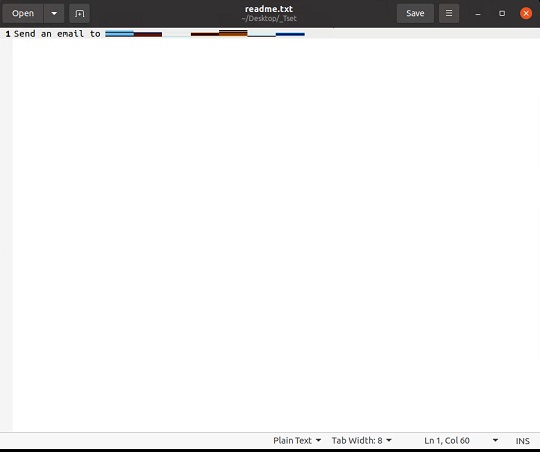Ransom.Linux.MULIAKA.AA
UDS:Trojan-Ransom.Linux.Agent.a (KASPERSKY)
Linux


Threat Type: Ransomware
Destructiveness: No
Encrypted: No
In the wild: Yes
OVERVIEW
Downloaded from the Internet, Dropped by other malware
This Ransomware arrives on a system as a file dropped by other malware or as a file downloaded unknowingly by users when visiting malicious sites.
It drops files as ransom note.
TECHNICAL DETAILS
5,938,440 bytes
ELF
No
11 Apr 2024
Encrypts files
Arrival Details
This Ransomware arrives on a system as a file dropped by other malware or as a file downloaded unknowingly by users when visiting malicious sites.
Other Details
This Ransomware does the following:
- It only encrypts files in the directory where it is executed.
Ransomware Routine
This Ransomware appends the following extension to the file name of the encrypted files:
- {original filename}.{original extension}.sdff
It drops the following file(s) as ransom note:
- {executed directory}\readme.txt

SOLUTION
9.800
19.286.03
18 Apr 2024
19.287.00
19 Apr 2024
Step 1
Search and delete these files
- {executed directory}\readme.txt
Step 2
Scan your computer with your Trend Micro product to delete files detected as Ransom.Linux.MULIAKA.AA. If the detected files have already been cleaned, deleted, or quarantined by your Trend Micro product, no further step is required. You may opt to simply delete the quarantined files. Please check the following Trend Micro Support pages for more information:
Did this description help? Tell us how we did.

